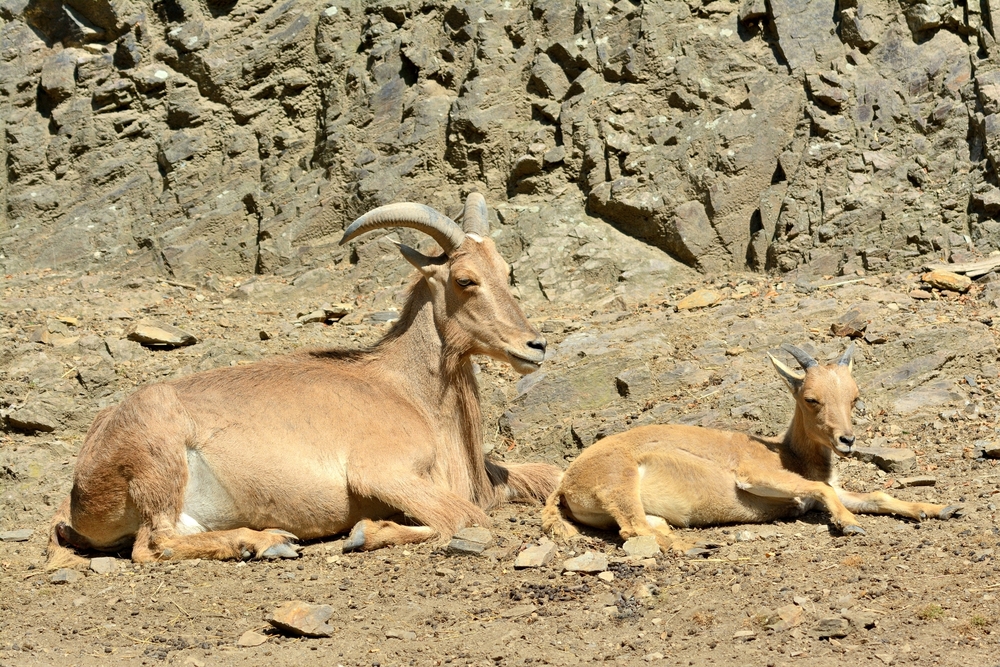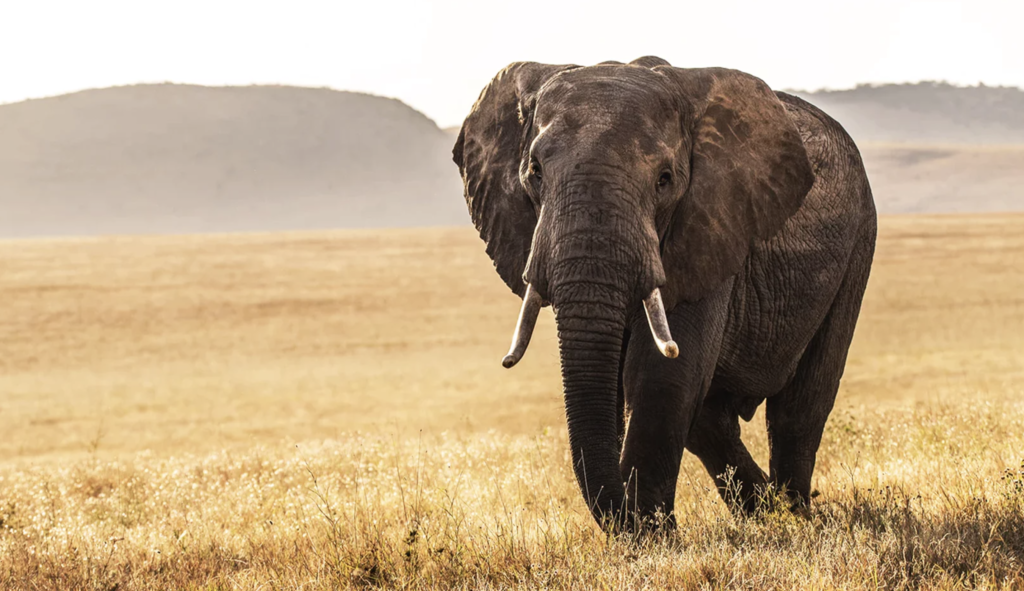Jebel Hassania Overview
Jebel Hassania National Park, locally known as “حديقة جبل حسنية الوطنية” (Hadiqat Jabal Hassania al-Wataniyya), is a protected area in Sudan’s River Nile State. The park encompasses a desert and semi-desert landscape, featuring spectacular sand dunes, wadis, and mountains. The most prominent mountain within the park is Jebel Gagdool, which provides a habitat for the rare Barbary sheep.
The park’s terrain is characterized by dry flatlands interspersed with sand dunes, wadis, hills, and mountains. This diverse topography supports a variety of vegetation, including acacia shrubs, grasses, and other desert flora. The presence of wadis—seasonal riverbeds that flow during the rainy season—adds to the ecological diversity, creating microhabitats that support various plant and animal species.
Jebel Hassania National Park is home to several notable wildlife species. The Barbary sheep, also known as aoudad, are among the most significant inhabitants, residing on the slopes of Jebel Gagdool. Other fauna include Dorcas gazelles, hares, wild cats, foxes, fennecs, and various snake species.
The park’s avian population is also diverse, with numerous bird species adapted to the arid environment.
Recognizing its ecological importance, Sudan submitted Jebel Hassania National Park to the UNESCO Tentative List in 2021, highlighting its unique desert and semi-desert ecosystems. This move underscores the country’s commitment to preserving the park’s natural heritage and promoting conservation efforts.
Conservation initiatives in the park focus on protecting its unique landscapes and wildlife from threats such as poaching, habitat degradation, and human encroachment. Efforts include monitoring wildlife populations, enforcing anti-poaching laws, and engaging local communities in sustainable practices to ensure the park’s ecological integrity.
Visitors to Jebel Hassania National Park can experience its stunning desert scenery, observe unique wildlife, and explore the cultural heritage of the region. The park offers opportunities for hiking, wildlife photography, and learning about the traditional lifestyles of communities that have adapted to the harsh desert environment.
In summary, Jebel Hassania National Park is a vital conservation area in Sudan, protecting unique desert ecosystems and rare wildlife species. Ongoing efforts aim to preserve its natural beauty and ecological significance for future generations.











































































